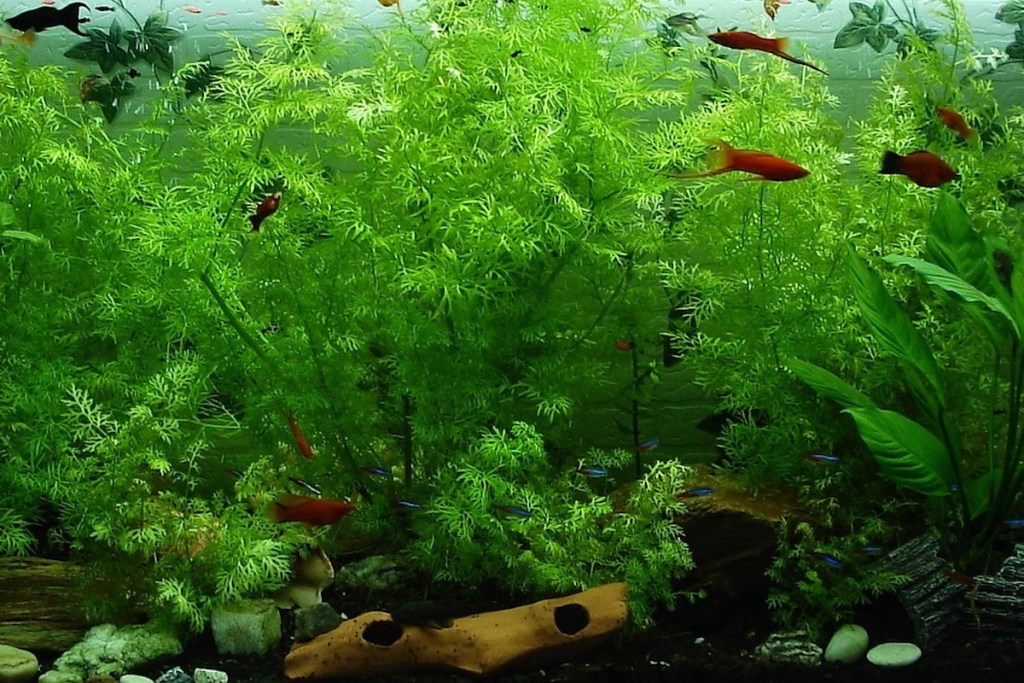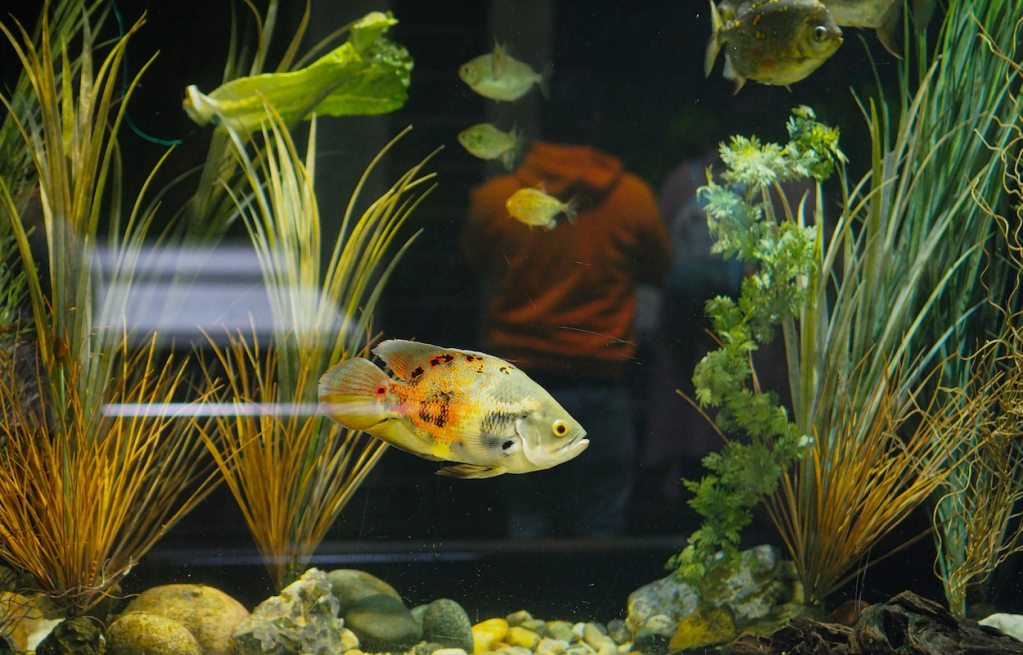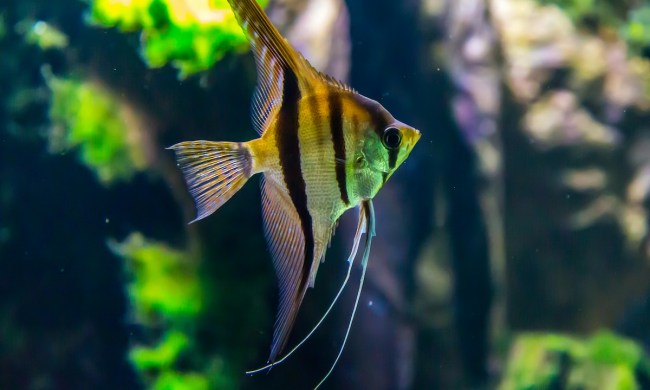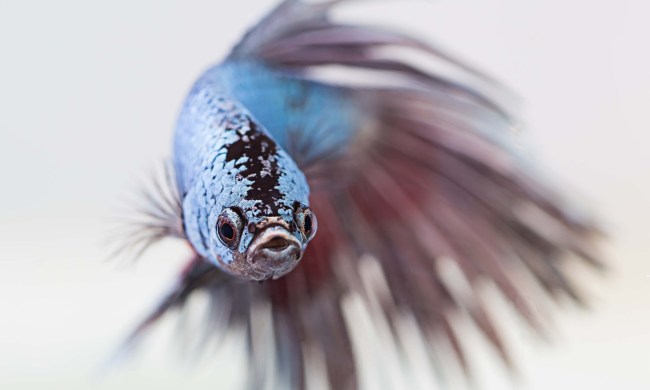Diving into a new hobby can always seem a bit daunting, more so when you have lives on the line (even aquatic ones). Setting up an aquarium means maintaining a perfect balance inside the housing: The chemicals in the water need to be exactly right, while the various fish need to all get along and enjoy a similar environment.
If that sounds like it takes planning, that's because it's a big undertaking. Don't be fooled by the fact that some people bring home a goldfish from the fair and seemingly keep it for years. Aquarium fish are hard work!
So if you're new to the world of aquariums, where do you start? A lot of the process will be the planning stages since you don't want to bring home a school of fish and find them belly up the next morning. Working on your tank prior to their arrival sets you up for a long time and will give them a great life. Here's how to make your first aquarium a good one.

What type of tank should I get?
Before you jump in, you need to decide what type of aquarium fish you want. We recommend starting with freshwater and with a few of the easier species that can survive slight changes in temperature and water quality.
Even more than that, you should choose which fish you are most interested in and build your mini ecosystem from there. For example, you might want to focus on cool water fish and set your temp to about 68 degrees Fahrenheit, which would be inhospitable to tropical species that prefer the high 70s. That's why you will wind up spending a chunk of time on the first few stages of this process.

How do I set up my aquarium?
Once you have a general feel for the type of tank you want, you'll be able to begin your aquatic life. Remember the most important steps are the planning ones, so pay careful attention to those and don't rush out to the fish store right away!
You want your new swimmers to have a safe and happy tank to come home to. It can take a full two to three weeks to go from ordering your parts to having a fish-ready house.
Step 1: Buy your equipment.
You'll need your tank, filter, and substrate, of course. Also, consider any decorations you want to spice it up. Lastly, grab your cleaning products and water testing kit now so you have them already on hand.
Step 2: Select your fish.
As we mentioned, sometimes it makes sense to build your aquarium around a few choice species that you're really excited about. Once you have those selected, you can figure out what other types go well with them.
It's best to have these picked out before you travel to the store so you don't get swayed by the prettiest one of the pack.
Step 3: Prep your tank.
Add everything together without your fish and make sure it's 100% ready. Start by putting your housing in a good place, away from drafts and out of direct sunlight. Place in your gravel, fake plants, accessories, filter, and lid first, and then we'll get to the water.
Step 4: Stabilize your water.
Begin by testing the water in your house — it might not end up working as a source. You need to make it hospitable for your new pets.
You'll also want to cycle it, and it really is better to do that without your fish there (you can add fish food to get the process started).
Step 5: Bring home your fish.
The moment has arrived! If you've tested your tank daily and have completed the nitrogen cycle, you're ready. Always research the breeder to confirm you aren't buying illegal, wild-caught animals or ones that have been raised unethically.
Step 6: Get your fish used to their new home.
This is the part you might already be familiar with. You should make sure your new pets adjust to the right temp before adding them to the main tank. That's where the bags with floating fish come in.
Step 7: Follow routine maintenance and testing.
This means weekly water testing and partial water changes (about 10% of your tank). Every month, you'll want to do a deeper clean, which might include scrubbing the walls and vacuuming the gravel. If you have plants, follow this schedule for them as well.
You may find that you quickly develop a taste for raising fish and wind up with a house full of different types of marine exhibits. So many people discover joy in this hobby and become amateur aquarists for dozens of and even hundreds of animals.
Once you have your first one down, you can branch out into more exotic and difficult animals, including non-fish aquarium dwellers. After you add your new tank, consider upgrading your first one or divvying up the fish into new spots. This will ensure you're always excited about your configuration and that your fish are always living their best lives.




